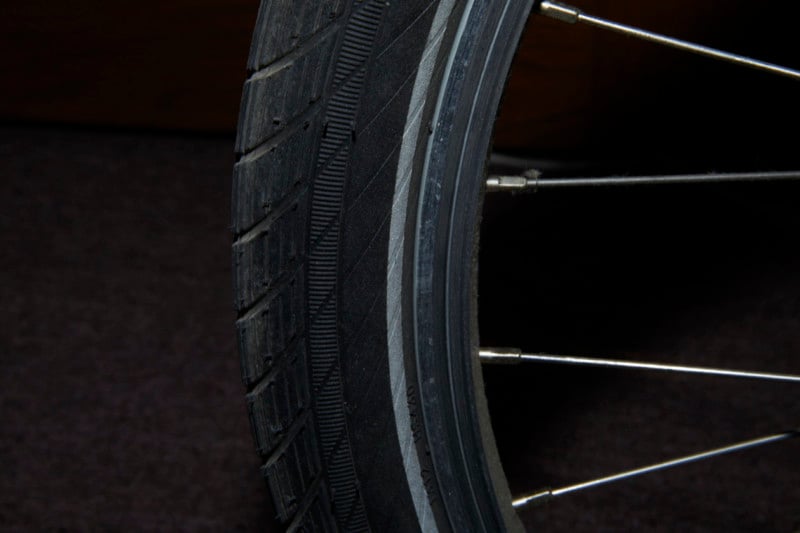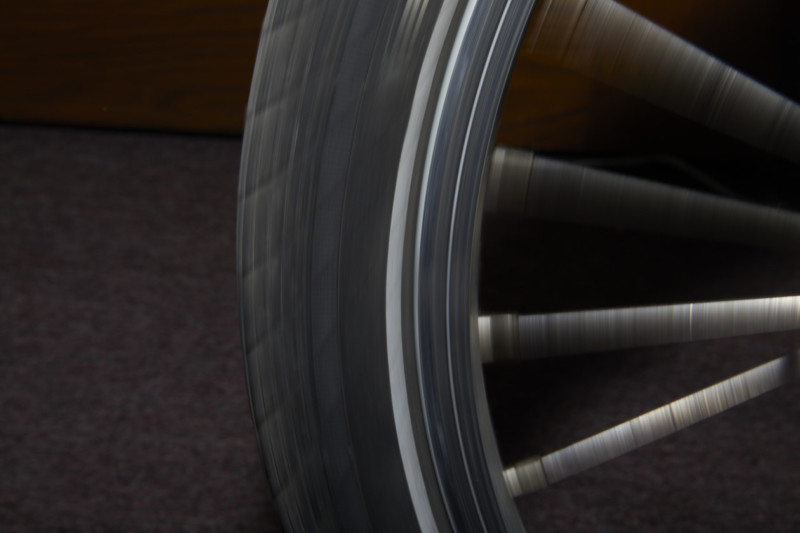What Is Flash Duration in Photography?
![]()
What are the most important features you look for when buying a flash? Many photographers consider the amount of power a unit has to be the most important, but there are a few other specifications that are just as important, including flash duration. In this article, I will break down exactly what flash duration is and how it works.
The Basics of How a Flash Works
We should start by diving into the high-level basics of how a flash works. A flash has one job: to release a lot of energy at once, recharge, and release again. Regardless of where the power comes from, each flash circuit has capacitors that collect energy by storing charges. Capacitors are great because they can release high amounts of power in short bursts: exactly what you need to get a “pop”.
A smaller flash may only be powered by a small 1.5V battery, but through the help of transformers and capacitors, the flash unit is able to output a lot more.
![]()
Capacitors have certain times in which they charge and discharge. Think of the process as storing water in a reservoir. In order to get the water out as fast as possible, you need to have large floodgates. The same is true for capacitors: they need to discharge as fast as possible.
Capacitors do not discharge linearly. As time progresses they release less energy. The initial release ignites the gas in the flash tube which is when the output is most powerful. As the capacitor discharges it releases less and less energy, but that energy is still ionizing the xenon gas, which prolongs the flash duration. Although the flash is not at its highest power, the output it gives will still be visible on the final image.
t0.5 vs t0.1
Most companies that manufacture strobes will provide one or two values with their flash: t0.5 and t0.1. These two dictate different properties. t0.5 is a measure of the time it takes for the flash output to drop halfway (50%), and t0.1 is a measure of the time it takes for the flash to drop to just 10% of the output.
![]()
A natural question would be: at what point does light output minimize to an acceptable level not detected by the camera? There really isn’t one definitive answer to this question. It is entirely variable and depends on how fast the action you are trying to capture is, the level of ambient light present in the frame, and other additional factors.
Flash duration tends to change when you move the power up or down. To demonstrate this, below are two images, one shot at lower and the other at higher power.


The magic of short flash duration will not happen when using maximum power, as it is typically the level where flash duration is the longest. In most flashes it is around t0.5 1/500, and more expensive units can push out t/0.5 1/1000, but that is still too low. In order to freeze motion with flash, you need to go down. On a 1-10 scale, the magic will happen between 5 and 7.5. This is typically where there is enough power, but the duration is short.
A “trick” many photographers use to boost the power of their flashes is adding reflectors. A hard metal reflector will collect all the light and bounce it where it is most needed.
A Key to Freezing Motion
An important thing to keep in mind is that when flash is involved, you are freezing motion with flash duration, not shutter speed. For example, here is an image I shot at 1/30th of a second, note the ultra-sharp detail in the eye:

Hair @karinajemelyjanova
Make-up @knollmakeup
Model @rekafedra / @facemodelmanagementhungary
First assistant @seloua_benkaid_kasbah
Retouch @retouchconcept
If you are interested in reading more about the subject of freezing motion with light, be sure to read: “HSS Does Not Freeze Motion: Light is the Key, Not Shutter Speed.”
Image credits: Header photo from Depositphotos